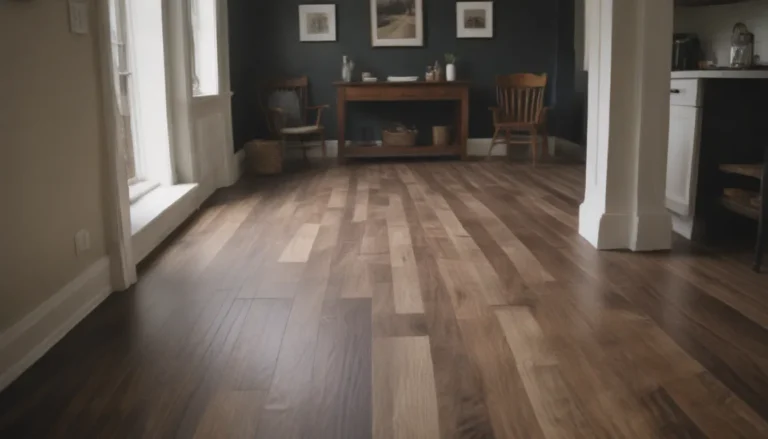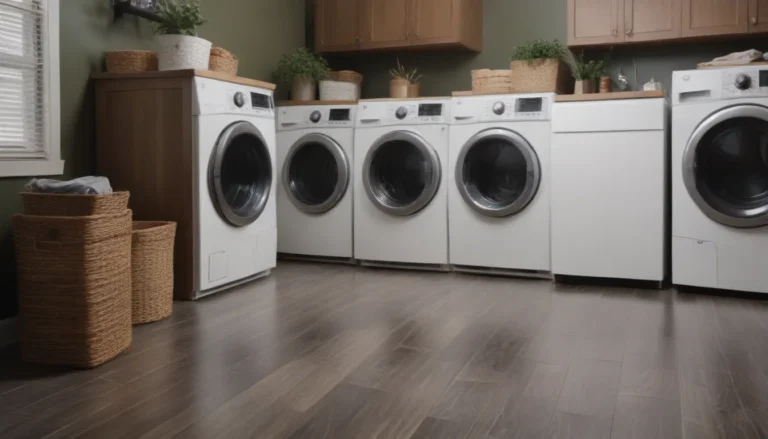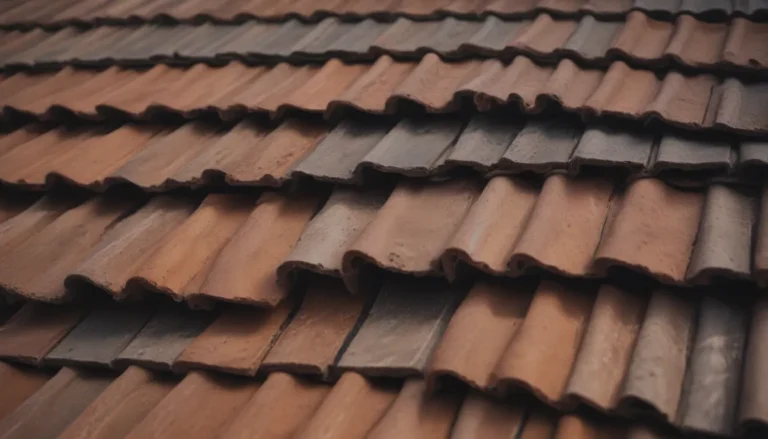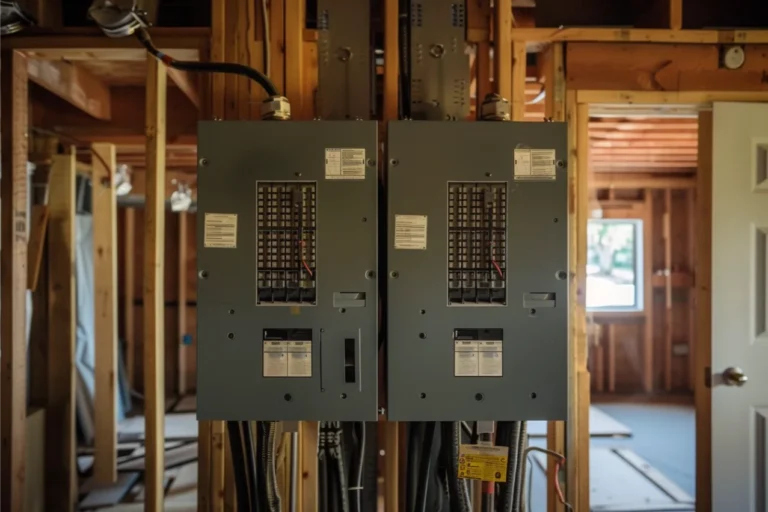Enhancing Hardwood Floors: Solutions for Sound Transmission
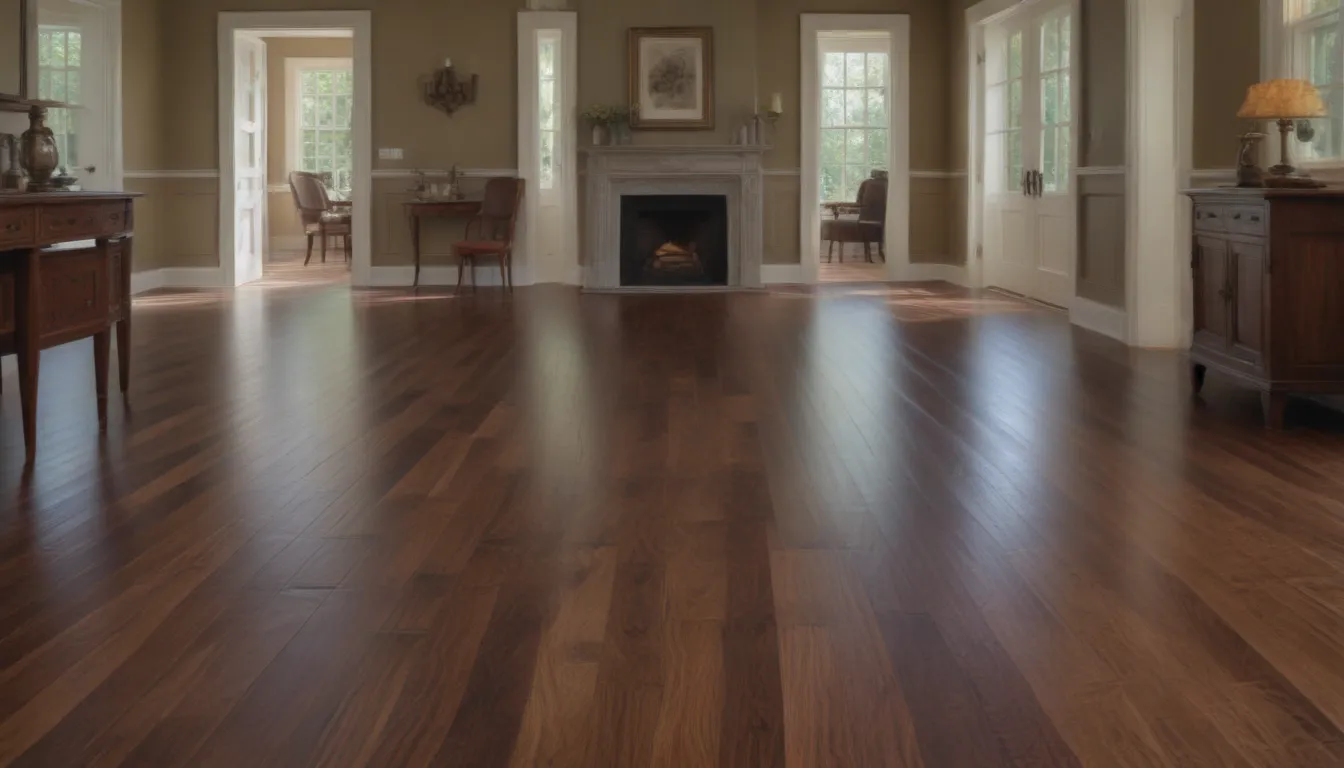
Solid hardwood floors are a timeless and beautiful choice for many homes. However, one common issue with hardwood flooring is its ability to transmit sound vibrations. The sound of footsteps overhead can be a nuisance, especially in multi-story homes. Luckily, there are solutions available to help mitigate sound transmission and improve the overall performance of hardwood floors.
Padding and Layers Under Hardwood Flooring
When it comes to adding padding or intervening layers under hardwood flooring, there are a few options to consider:
Red Rosin Paper or Builder’s Felt
Traditionally, materials like Red Rosin Paper or Builder’s Felt are installed between hardwood flooring and the subfloor to minimize squeaking. While these materials may help with squeaks, they do not significantly reduce sound transmission or provide additional cushioning for walking.
Solid Underlayment
For sound mitigation, solid underlayment options like Soundeater by Impacta can be installed under solid hardwood flooring. This type of underlayment is designed to absorb sound and improve the overall performance of the floor.
Rubberized Membrane
Rubberized membrane products like Proflex90 offer a waterproof and sound-absorbing solution for hardwood floors. These membranes are installed over plywood underlayment before laying down the hardwood flooring, providing some degree of sound control.
Thick Underlayment With Intervening Plywood
In some cases, a thick underlayment can be installed under hardwood flooring when there is an intervening layer of plywood. This type of application can help reduce sound transmission while providing additional cushioning for walking.
How to Reduce Sound in Hardwood Floors
If you’re looking to reduce sound in existing hardwood floors or are considering alternatives to padding, here are some additional solutions to consider:
Choose Denser Hardwoods
Opting for denser hardwoods like oak, walnut, mahogany, or Brazilian cherry can help absorb sound and reduce noise transmission in your home.
Use Area Rugs and Runners
Adding fabric rugs and runners to your hardwood floors can help absorb sound and reduce the noise of footsteps overhead. Additionally, rugs and runners can protect your hardwood floors from wear and tear.
Encourage Shoe Storage at the Door
Implementing a shoe-free policy in your home can help reduce noise between rooms. Encourage guests and residents to remove their outdoor footwear at the door and provide slippers for a quieter and cleaner living environment.
By exploring these solutions and alternatives, you can enhance the performance of your hardwood floors and create a quieter and more comfortable living space. Whether you opt for padding, underlayment, or sound-absorbing materials, there are plenty of options available to help you achieve the desired results.
